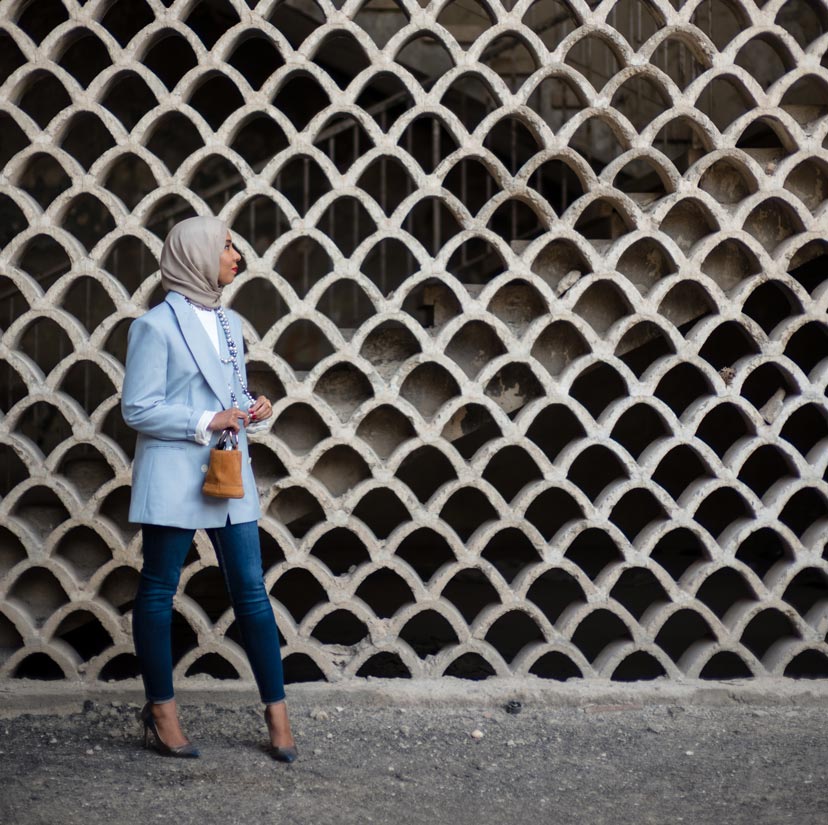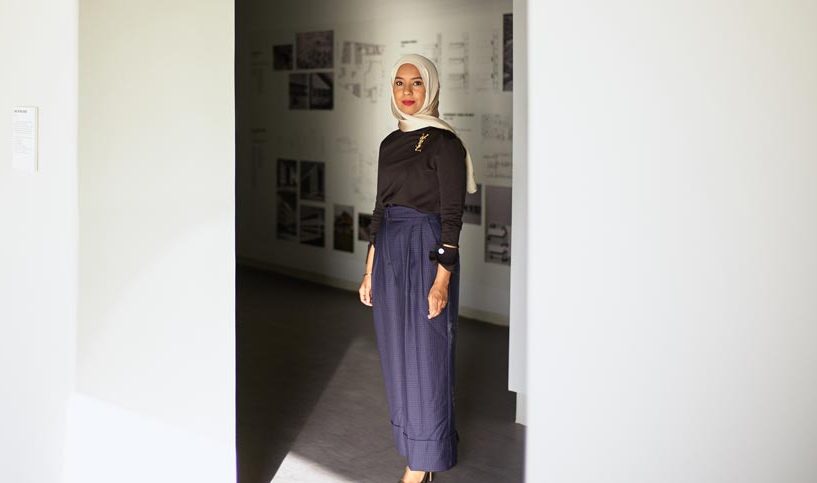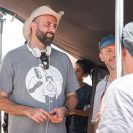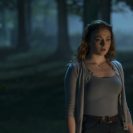Almost ten years ago, Maha Alessa saw an ad that was asking for volunteers for the Dar Al Athar Al Islamiya (DAI) museums. Back then, she had no idea what the future held or how applying for the position might change her trajectory in life.
Maha is an industrial engineer who specializes in strategic planning and a decade ago she was working for an international firm. Her job entailed a lot of travel and she loved visiting museums all over the world and felt that volunteering in one would be an exciting opportunity. She was eager to become part of the DAI family as a docent and took a personal interest in the educational programs.
Maha took part in an “Educational Theory & Practice in Museums” program by Dr. Sharon Shaffer, a UNDP Education Specialist, and trained in programs development for museum-based education aiming to maximize the learning experience.
“It was an intensive course with a final project, and we had to learn how to create our own programs, because exhibitions and objects always change. Therefore, you need to be able to develop the program independently, it can’t be a ready-made program that you pull and apply. You have to always reinvent the educational experience” Maha explained.

The program provided her with the tools that she needed, and since 2014 she has been running the children’s art workshop completely on her own. It’s a fantastic initiative that takes kids on a journey of self-discovery and learning for six months.
They learn how to look at and interpret art, then the kids have to work on a final project that requires all the learning they acquired to be utilized in the creation of the project, which changes every year from a play to a movie to even curating an exhibition. The kids get exposed to a lot of new ideas as well as art and have to learn how to work together as a group because they present the final project as a team.
“The four main things they learn are what we call the four C’s, which are creativity, collaboration, critical thinking and communication. These are embedded in all the programs that we do. We believe that once [the kids] have these main four skills, they can work on any project anywhere, Maha told us.
Sadly, this season they have had to run the program very differently. Since they can’t meet in person, Maha has been organizing Zoom sessions where They can focus on a single object in each session and learning about the fundamentals of Islamic Art in a smaller group. The pandemic has really hit cultural hubs quite hard, which has highlighted the importance of these spaces for communities.

Maha believes that museums help us connect to our past. Visual documentation like photographs or physical objects and artefacts help us draw a straight line from who we used to be to who we have become. Luckily, we do have some items that have survived and show us how Kuwait has evolved from pre-oil to the modern state it is today.
Early last year, DAI Amricani Cultural Centre hosted the “Alan Villiers & the Sons of Sinbad: an Australian in 1930’s Kuwait” exhibition. The collection of photographs documented life in Kuwait as a seafaring society six years before the discovery of oil. Maha found the photos of the country in the 1930s eye opening because they actually showed how life was from a primary source. There are also the memoirs and diaries that were left behind by nurses and doctors that worked at the Amricani when it was a hospital and it tells a more detailed and deeply intimate story of what life was like back then.
Amricani was the first concrete building built in the Gulf Region 106 years ago and functioned as a hospital for decades before being abandoned and then eventually brought back to life as the lively cultural center we all know and love today. Maha also suggested we look at Life Photographer Thomas Mcavioy’s photos of Kuwait that were taken in 1951. These were all pivotal moments in the history of Kuwait, and being able to understand how things evolved adds to our appreciation of our own heritage.
“Museums give us an extended understanding of other communities, other cultures, and bring a fresh look at our ideas. I think the role of the museum, at the core of it, is education. So not just for children, but also for adults. And it helps them to have this fresh look and appreciation. And also it adds beauty, perspective, inspiration, expands our horizon and so much more to a person’s life,” she adds.

In addition to her work with DAI, Maha is passionate about conserving Kuwait’s architectural history. She regularly sheds lights on buildings of cultural and historical significance. Her website and Instagram account are a beautifully curated collection of photos of these spaces. She is a master storyteller who weaves words and visuals together to bring history to the present. For her, it is not about indiscriminately holding on to the past, but making sure we conserve the important parts that help us connect to our identity.
In the 80’s Evangelia Simos Ali joined Kuwait Municipality and initiated a survey of all the surviving historical structures, identifying and documenting a total of 122 buildings in Kuwait, which included mosques, shops and houses of the old city.
Maha explained that mosques and shops are mostly still being used today so are maintained anyway. This leaves less than a dozen buildings that really deserve saving and conserving like Qaser Khazal. She truly believes that we need to document the history of these buildings too.
There is a strong single underlying theme in all the things that Maha does; collecting and telling our own story. Whether we tell that story through our art or through our buildings, the end result is the same, we stay connected to our origins so we can learn from the past and step firmly into the future.
Visit Maha’s website meemalessa.com and follow her @meemalessa on Instagram to check out all the different things she’s working on and for some interesting and educational content. Images courtesy of Maha Alessa and taken by Bedour Al-Awadhi (buildings) and Bandele Zuberi (children’s workshop).











